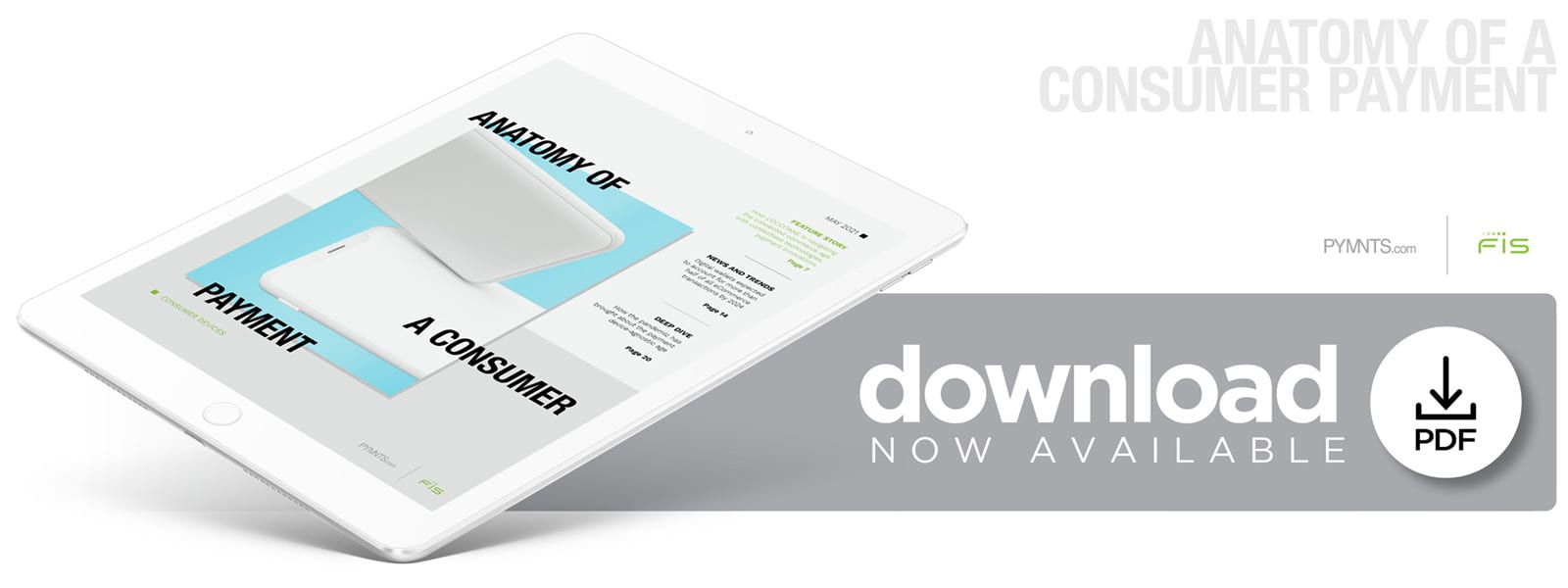How L’OCCITANE Is Navigating The Connected Commerce Age With Contactless Technologies, Payment Innovations

Retailers are reopening their physical locations as the brick-and-mortar sector slowly recovers from the pandemic, but customers’ in-store shopping expectations have shifted significantly over the past year.
Many have flocked to eCommerce and mobile channels, and some show little willingness to relinquish their new habits, even amid easing health and public safety guidelines regarding physical shopping.
Merchants must ensure that the convenience and connectivity afforded to users who shop online is also reflected at their brick-and-mortar locations. This is particularly crucial when it comes to the payments experience as more shoppers are reaching for their phones first and cash second, said Neal Patrick, vice president of Business Transformation and Projects for skincare retailer L’OCCITANE, and Ashley Arbuckle-Nadon, vice president of Brand Marketing and Wholesale for the company.
“We have seen a significant increase in the use of both mobile wallets and contactless cards in our stores,” Patrick said during a PYMNTS interview. “Customers are less comfortable handling cash, and these two options provide both safety and flexibility for our customers. The largest shift in the U.S. has been toward using mobile wallets, since our customers always have their phones handy.”
Consumers now expect retailers to accommodate various combinations of shopping channels and payment devices with ease, regardless of where they are making purchases. Supporting touchless payment options is thus becoming essential for merchants as the lines separating physical and digital commerce blur.
Staying Atop the Contactless Payment Wave
One of the pandemic’s most significant impacts on how users wish to pay is its acceleration of their adoption of contactless payment options. Touchless payment methods gained momentum worldwide, with digital wallet adoption increasing 32 percent globally over the past year. Merchants in industries outside of retail have also raced to adapt to these shifting preferences. Delta Air Lines, for example, announced that it would offer contactless payment options. Consumers are coming to expect touchless payment options wherever they go, alongside — but not entirely replacing — other favored payment methods like credit and debit cards, Arbuckle-Nadon explained.
“We are always adapting and implementing various ways to accommodate each customer and make shopping at L’OCCITANE as inclusive and seamless as possible,” she said. “We continue to see customers choosing personal credit and debit cards as preferred payment. However, the addition of Apple Pay and digital wallets allows ease, especially for new customers.”
Arbuckle-Nadon said that L’OCCITANE has implemented several alternative payment methods that cater to users’ post-pandemic shopping expectations. The company has incorporated PayPal as well as buy now, pay later (BNPL) solution Klarna into its product pages, for example. The brand also launched a buy online, pickup in store (BOPIS) service last year for the growing number of consumers who use curbside pickup solutions.
Consumers may be intrigued by contactless options, but retailers must continue to support payment methods that remain popular with customers, such as traditional credit or debit cards. The goal should be to promote choice by expanding the variety of options available to customers, Patrick said.
“[The pandemic] has certainly accelerated the change to contactless payment methods, but providing our customers with as many payment options as possible has [always] been a focus of ours,” he added. “Whether it is mobile wallets in store or alternate payment methods online — such as PayPal, Amazon Pay or Klarna — we know that providing options makes our customer experience as smooth as possible. We plan to continue to expand our payment options across all channels to ensure a seamless experience for our customers.”
Consumers will likely continue adopting contactless payments in higher numbers over the next few years, and this could lead to other significant shifts in customers’ payment preferences in the future.
Prepping for the Connected Commerce Future
The divide between physical and digital shopping is likely to continue weakening as customers take to mobile wallets and other touchless payment solutions, and this could ultimately prompt an even greater restructuring of brick-and-mortar stores. Some brands are already using solutions that offer consumers a glimpse of what this new physical shopping environment has in store. eCommerce behemoth Amazon, for example, is working to expand its experimental touchless palm payment technology at certain Whole Foods locations.
Despite these advancements, placing consumers’ preferences at the heart of future innovations remains paramount.
“We know a few themes will run through,” Arbuckle-Nadon said. “It will be important to offer secure, convenient and personalized shopping opportunities for our customers. Our approach will be to blend modern conveniences in payment with personalized, human service to bring the best experience to our customers.”
Keeping abreast of consumers’ payment demands will remain a key consideration for retailers, even as the pandemic slowly winds down. Following consumers’ lead in offering convenient payment methods across a range of devices will be key for merchants competing in the emerging connected commerce world.
